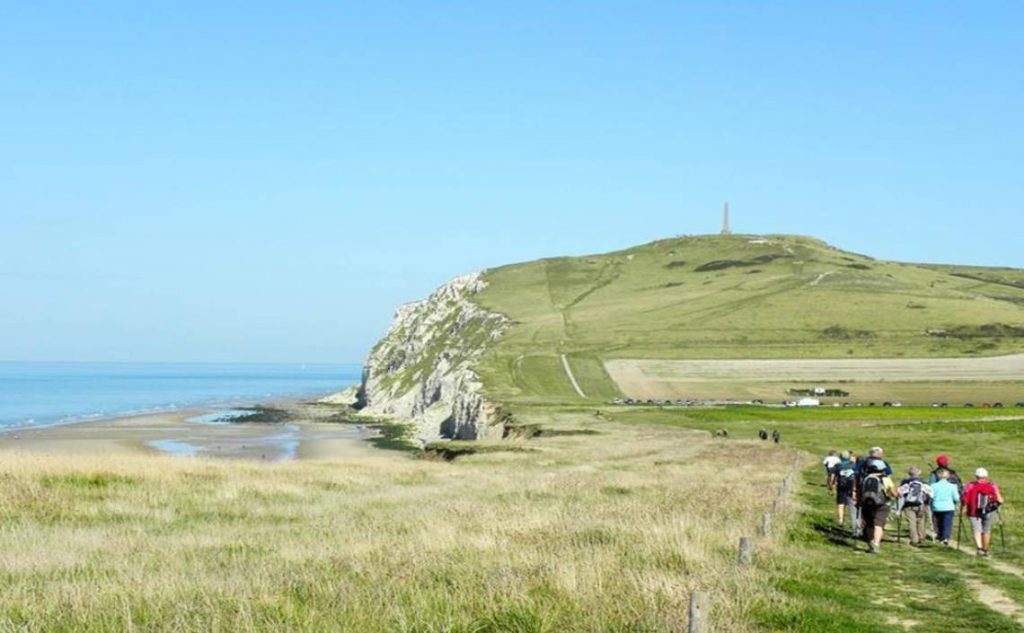France
While crossing the English Channel, direct your gaze behind you and admire the cliffs of Dover: try to imagine the feeling that the medieval pilgrim felt looking at the isle getting distant while he faced a journey full of mysteries.
You will see the sea again after a month of walk and it will be the Mediterranean. In the meantime, walk quickly on the marked paths of GR145®, which have been indicated by the Fédération Française de la Randonnée Pédestre as the official route of the Via Francigena in the French territory.
The conurbation of Calais will soon be a memory and you will find yourself in the calm Picardy countryside, on rural roads with unimportant differences in height. The first important destination you will encounter, by now in the region of Champagne-Ardenne, is Reims with its gothic Cathedral where almost all kings in France have been crowned.
Your walk continues in the wonderful landscape of the vineyards of Champagne, where other inventive gothic cathedrals are waiting for you, with their sparkling glass walls, in Châlons-en-Champagne that Sigerico mentioned as Chateluns. Follow the flow of the Marne, which will lead you to a place that is special for the history of all Europe. In Clairvaux, between Champagne and Borgogna, Bernard of Clairvaux founded the first Cistercian abbey: the stamp of the mother house will be one of the most precious for your credential.
The horizon of hills and cultivated fields looks never ending, however another important city awaits you. That is Besançon, that Sigerico recalls as Bysiceon. It is arranged on seven hills, as a sort of anticipation of Rome, your final destination. Leave the capital of Franche-Comté behind, in order to venture into the landscape of the Alps which will lead you to the Swiss valleys and to the alpine passes.




